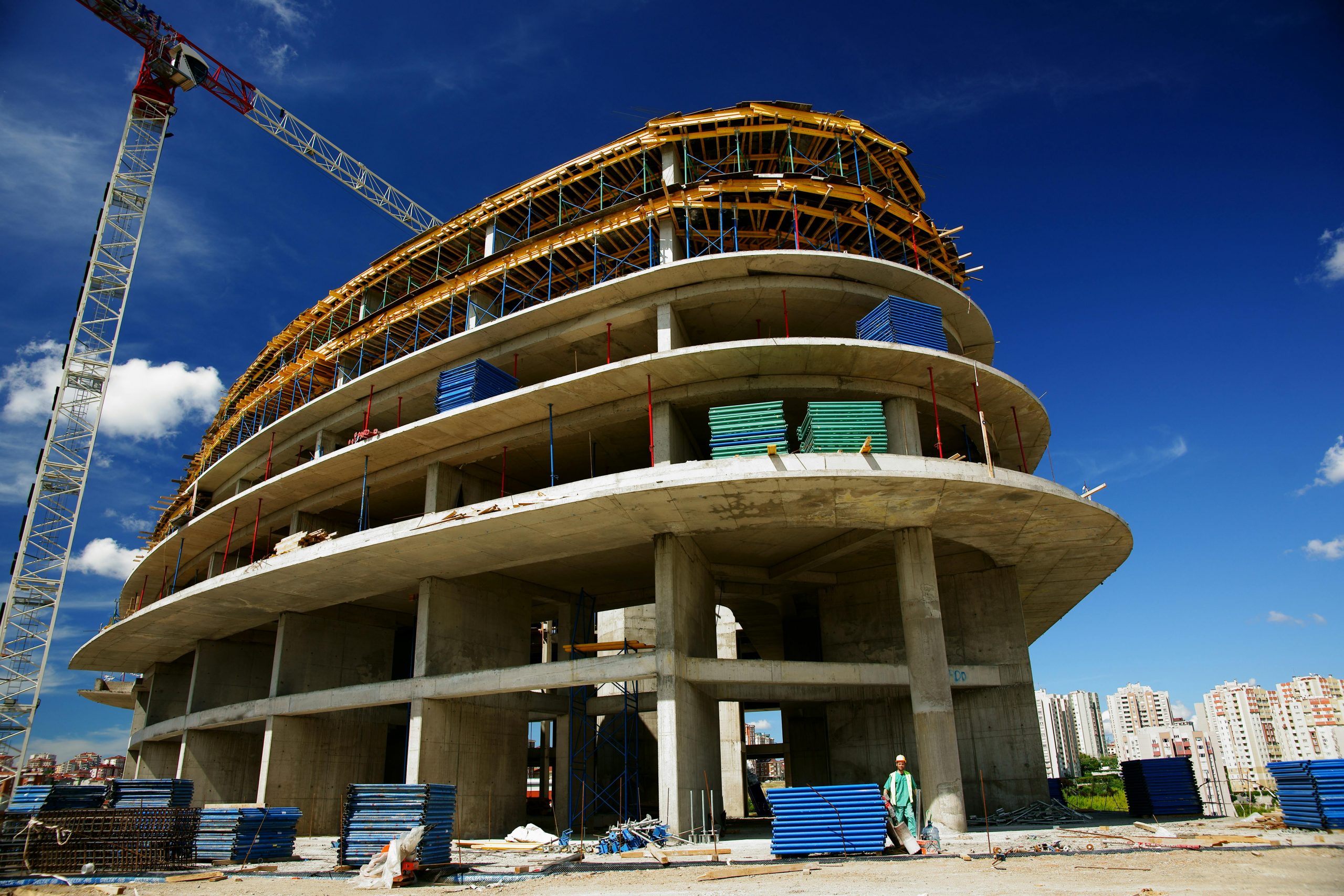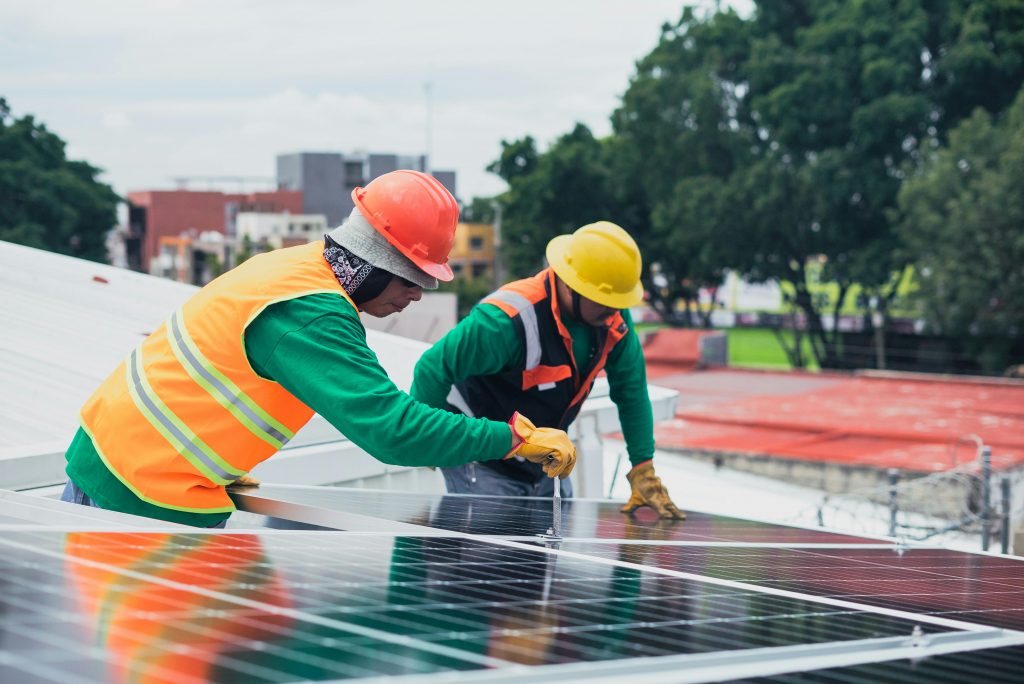- Innovative construction techniques aim to remediate brownfield sites, reducing the necessity to develop pristine greenfield areas, thus preserving our untouched lands.
- The adaptive reuse of buildings extends the life of existing infrastructures, conserving cultural heritage while minimalizing construction’s ecological impact.
- Implementing waste reduction and recycling during construction activities can dramatically decrease landfill waste, repurposing materials like concrete and asphalt for new uses.
- By installing water harvesting systems and managing runoff, buildings can lower their municipal water usage and protect local waterways from pollution.
In an era that demands our environmental responsibility, the construction industry finds itself at a crossroads. The drive to build a more sustainable future pushes builders and designers to seek innovative construction techniques that redefine industry standards and contribute positively to our ecosystem. Here’s a detailed exploration of construction practices that benefit our planet and enhance the quality of projects.
Building with Efficiency
Effective planning is the first part of a sustainable construction endeavor. Here are some strategies that kickstart your project.
Offsite Fabrication with Advanced Techniques
While the prefabrication processes are already efficient, more advanced methods are on the horizon. With the emerging custom metal laser, incredibly precise cuts lead to lightweight, high-strength structures that can be made from recycled metals.
Prefabrication and Modular Construction
A silent revolution in the construction industry has occurred, led by prefabrication and modular building methods. These techniques, where entire sections of buildings are constructed offsite in a controlled environment, offer many benefits over traditional on-site projects.
Building Information Modeling (BIM)
This concept revolutionizes the pre-construction phase by creating a detailed digital representation of a building, facilitating a collaborative platform for architects, designers, and engineers. BIM streamlines workflow improves coordination, and enables more precise scheduling and materials ordering, which can greatly reduce excess.
Sustainable Materials and Practices
Right after planning, the execution phase will realize the goals you want to achieve. Start with the purchase of materials along with the following considerations.
Utilizing Recycled and Biodegradable Materials
Using recycled and biodegradable materials reduces the reliance on virgin resources. This minimizes environmental impact and fosters a closed-loop system that upcycles waste into valuable building components.
Energy-Efficient Insulation and Building Envelope Design
The building envelope, comprising the roof, walls, and foundation, is crucial in maintaining a comfortable interior environment. By employing high-performance insulation materials and strategic design, buildings can greatly reduce energy consumption for heating and cooling.
Innovations in insulation, such as aerogel technology, provide superior thermal performance while being less intrusive in terms of space. This facilitates the design and construction of more energy-efficient homes and buildings.
Renewable Energy Integration
The term renewable is one of the cornerstones of sustainable building. Learning their fundamentals is an empowering step to harness their efficiency.
Solar Panels and BIPV
Solar power is one of the most accessible and reliable renewable energy sources for construction. Integrating solar panels directly into building materials, known as Building-Integrated Photovoltaics (BIPV), provides a seamless and aesthetically pleasing energy solution.

Wind Turbines
For large-scale projects in suitable locations, wind power can be harnessed by installing wind turbines. While the technology and infrastructure for building-mounted wind turbines are still evolving, on-site wind farms offer a viable solution for meeting a building’s energy demands with renewable resources.
Geothermal Heating and Cooling
Geothermal energy, which uses the earth’s stable temperature to heat and cool buildings, is well-suited to areas with the appropriate geological conditions. Direct exchange systems circulate a heat transfer medium—usually water—through pipes buried in the ground to bring climate control that’s as sustainable as it is efficient.
Sustainable Site Management
The place where you build your project must also be optimized. Seek for ways and places to apply these concepts.

Brownfield Redevelopment
Revitalizing brownfield sites—abandoned or underutilized industrial facilities with some environmental contamination—through innovative construction techniques can restore these areas and reduce the need for construction on greenfield sites, protecting undeveloped land.
Adaptive Reuse
Adaptive reuse of existing buildings provides a second life to structures that might otherwise be torn down, preserving cultural heritage and reducing the environmental footprint of construction projects.
Construction Waste Reduction and Recycling Programs
Construction activity generates significant waste, but the construction industry can significantly reduce its landfill contributions by implementing on-site sorting and recycling programs. Materials like concrete and asphalt can find new life as recycled aggregates.
Water Harvesting and Runoff Management
By collecting and utilizing rainwater for landscaping and other non-potable uses, buildings can significantly lessen their demand for municipal water supplies. Simultaneously, implementing strategies for managing and filtering runoff helps to prevent pollutants from reaching natural water bodies, thereby protecting local ecosystems.
The construction industry stands on the threshold of a new era, where sustainability and innovation are not just lofty goals but fundamental principles guiding how we build our world. It requires a shift in mindset, an openness to change, and a willingness to invest in the future. But the building blocks are there—literally, in some cases—for us to create a more environmentally friendly built environment.


